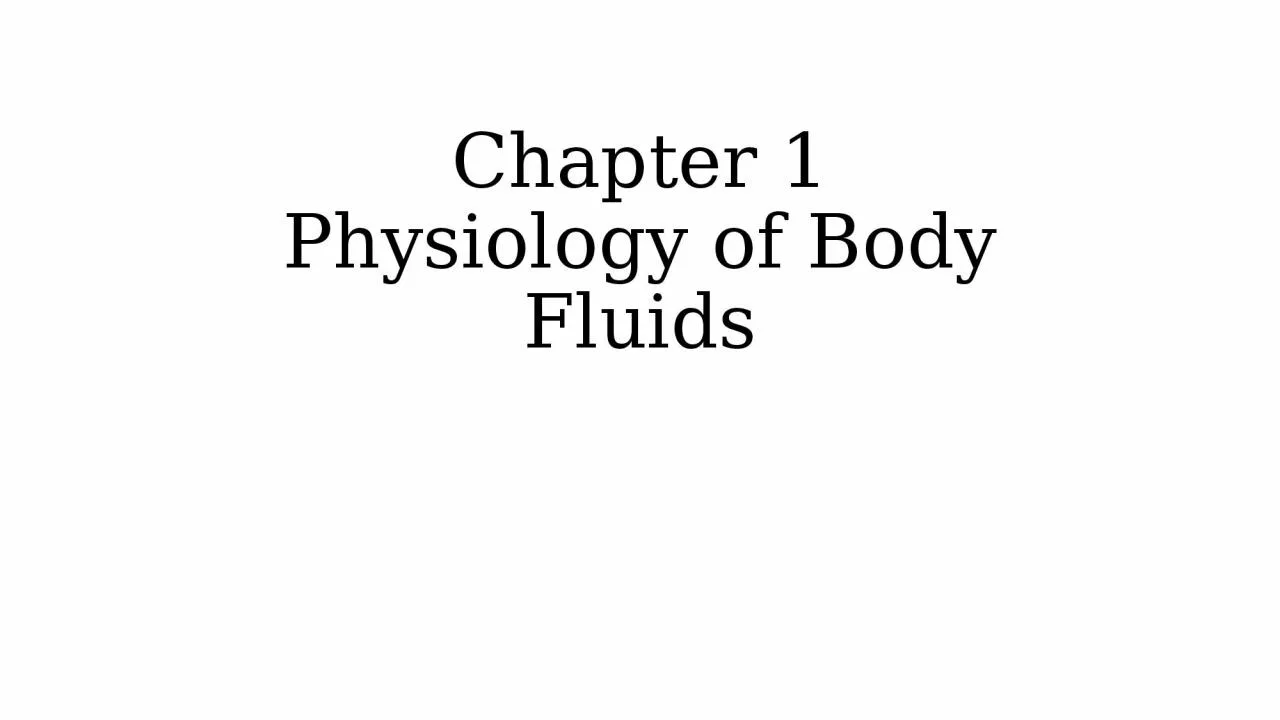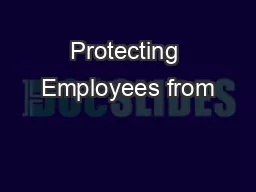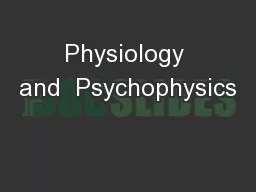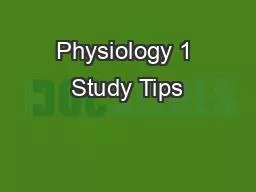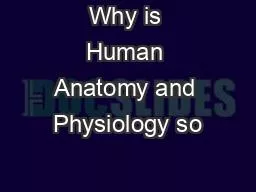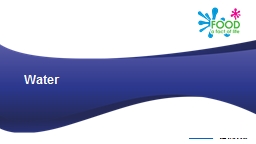PPT-Chapter 1 Physiology of Body Fluids
Author : SimplySweet | Published Date : 2022-08-03
Concept of SteadyState Balance Please give examples of steadystate balance What happens when a dam is constructed in a river valley What happens to you as you eat
Presentation Embed Code
Download Presentation
Download Presentation The PPT/PDF document "Chapter 1 Physiology of Body Fluids" is the property of its rightful owner. Permission is granted to download and print the materials on this website for personal, non-commercial use only, and to display it on your personal computer provided you do not modify the materials and that you retain all copyright notices contained in the materials. By downloading content from our website, you accept the terms of this agreement.
Chapter 1 Physiology of Body Fluids: Transcript
Download Rules Of Document
"Chapter 1 Physiology of Body Fluids"The content belongs to its owner. You may download and print it for personal use, without modification, and keep all copyright notices. By downloading, you agree to these terms.
Related Documents

